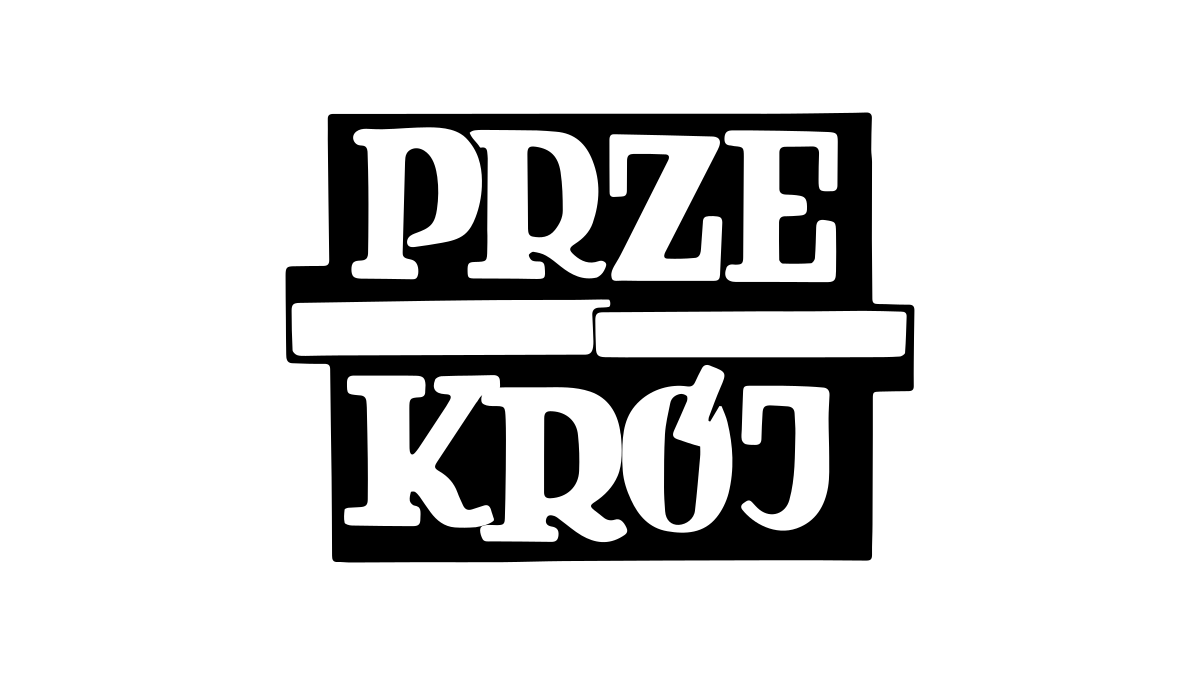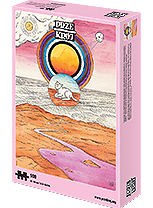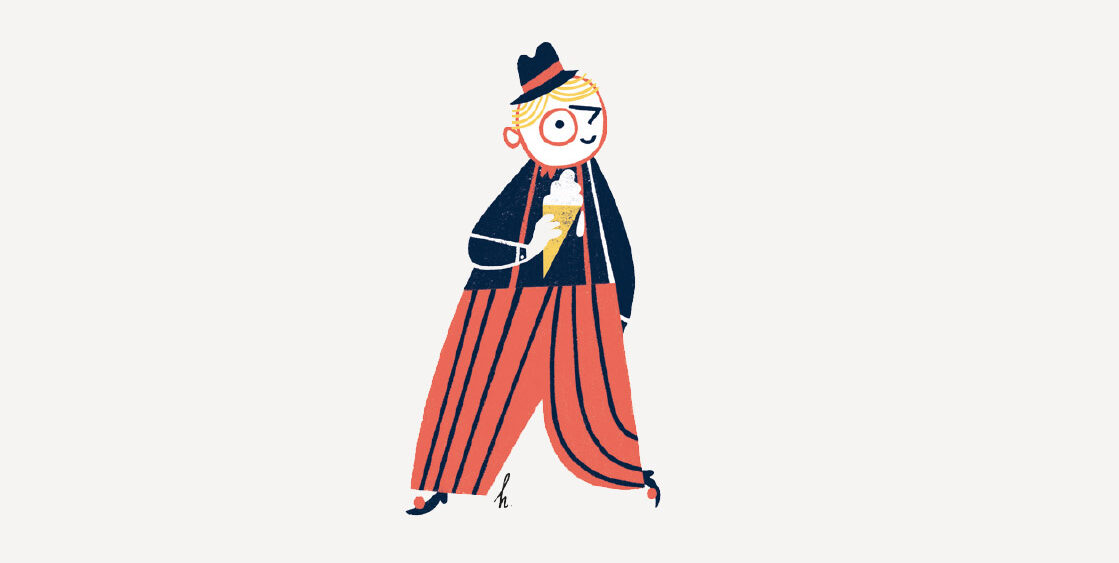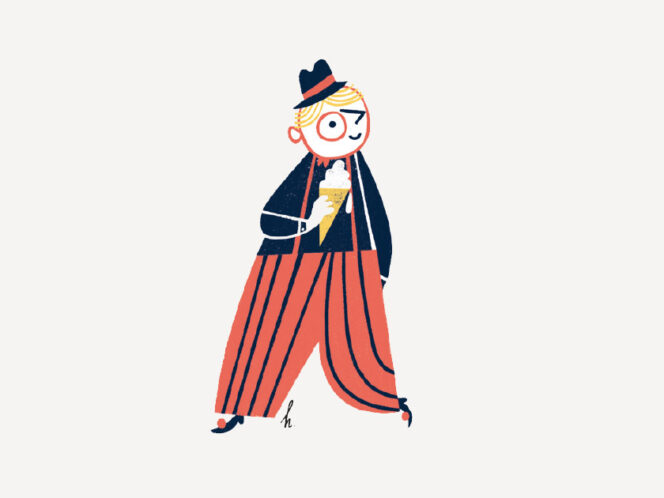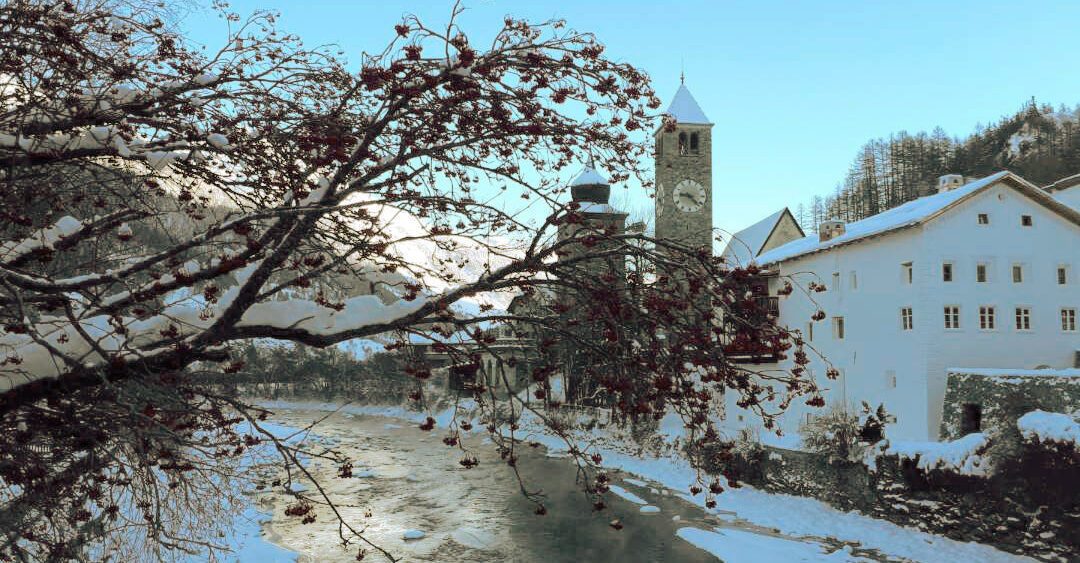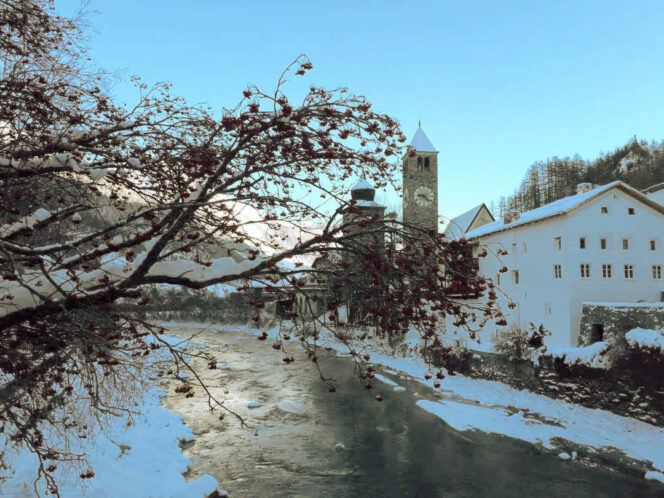
“Why don’t we like people who make contemporary art?” I asked myself while watching Velvet Buzzsaw, a horror movie about the art world. In the film, vengeful artworks murder, disembowel and decapitate people from this milieu. Blood flows from curators and aspiring artists, from authoritative critics and influential gallery owners, and even their ambitious assistants. Do we show any mercy? No, for the inhabitants of the art world there is no mercy. The viewer watches the slaughter of this pretentious company with a vicious satisfaction. Even I –
